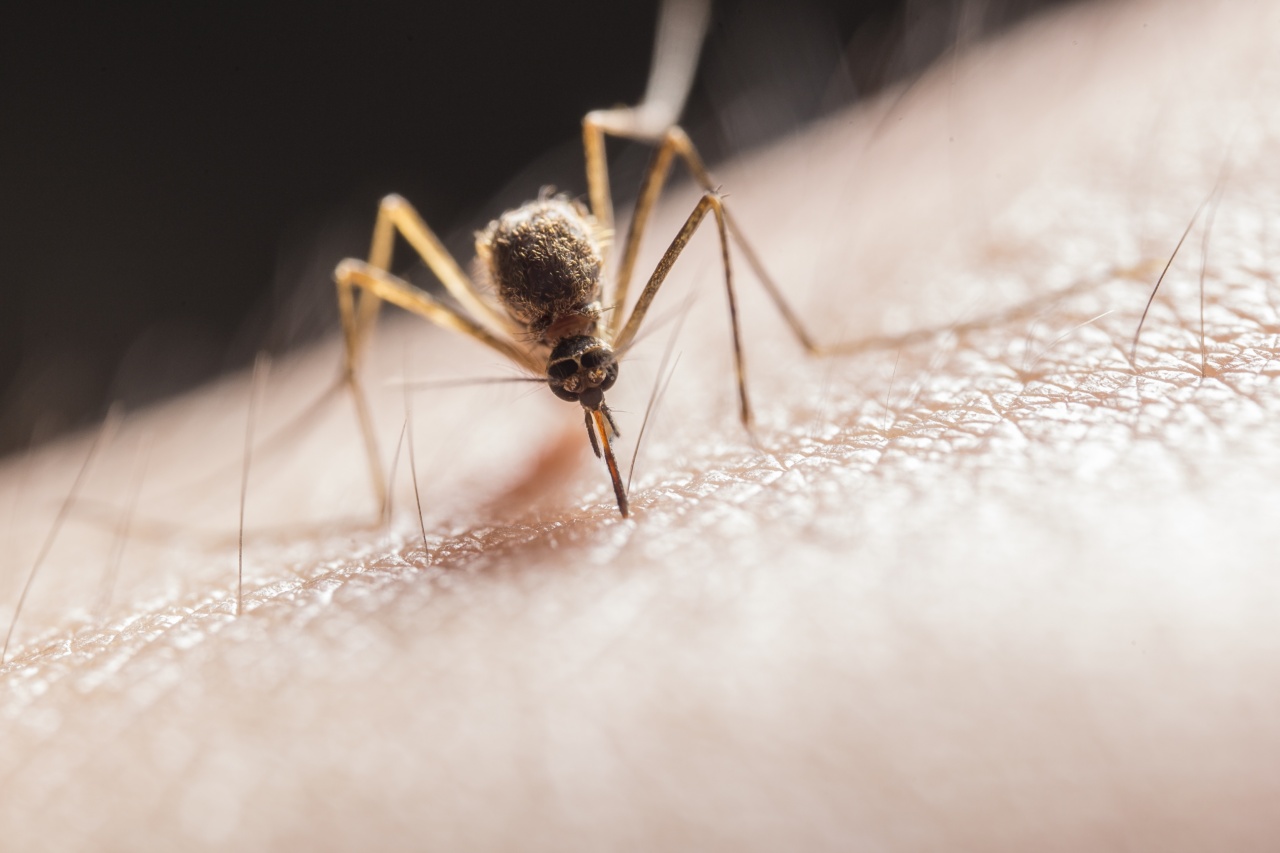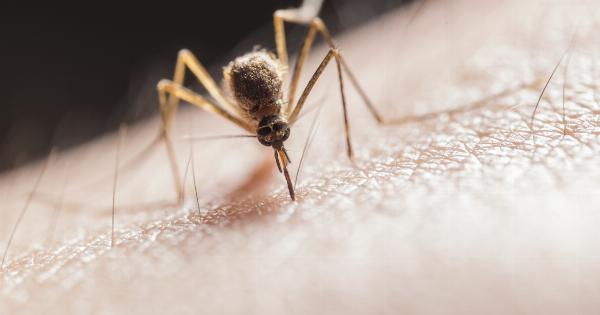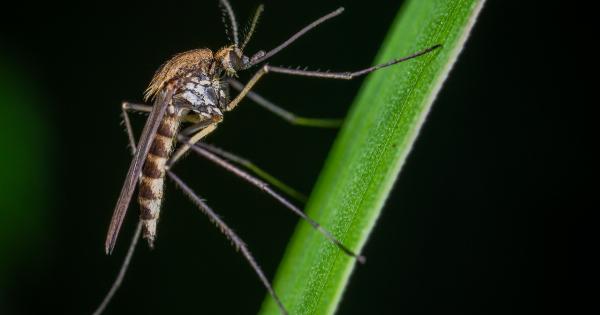Insect bites can be an unfortunate part of outdoor activities for children and can cause discomfort and irritation. As a parent, it is important to know how to handle these bites to provide relief for your child.
This guide will outline the common types of insect bites and provide tips on how to treat them.
Types of Insect Bites
There are several types of insect bites that your child may encounter while playing outside. Each bite can cause different symptoms and reactions. It’s important to identify the type of bite to determine the appropriate treatment.
Mosquito Bites
Mosquito bites are one of the most common types of insect bites. They typically appear as small, itchy bumps on the skin.
Mosquitoes are known to be carriers of diseases such as Dengue fever or West Nile virus, so it’s crucial to take precautions to prevent mosquito bites in the first place. If your child does get bitten, you can apply a cold compress to reduce swelling and administer over-the-counter topical creams to relieve itching.
Bee and Wasp Stings
Bee and wasp stings can cause immediate pain and swelling. If your child gets stung, the first step is to remove the stinger, if it is still in the skin, as it continues to release venom.
Gently scraping the area with a credit card or similar object can help remove the stinger. Apply a cold compress to reduce swelling and consider administering antihistamines to relieve itching and pain.
In severe cases or if your child shows signs of an allergic reaction, such as difficulty breathing or swelling of the face, seek immediate medical attention.
Tick Bites
Ticks are small, blood-sucking parasites that can transmit diseases such as Lyme disease. If your child has been in an area where ticks are common, it is important to thoroughly check their body for ticks.
If you find a tick, use fine-tipped tweezers to grasp it as close to the skin as possible and pull it straight out. Avoid twisting or squeezing the tick to prevent leaving its mouthparts in the skin. Clean the bite area with alcohol and monitor your child for any signs of fever or rash, which may indicate a tick-borne illness.
Spider Bites
Most spider bites are harmless and appear as small, red bumps. However, some spider bites, such as those from black widows or brown recluse spiders, can be dangerous and require immediate medical attention.
If you suspect a spider bite from a venomous spider, it is important to seek medical help as soon as possible. Keep the affected area clean and apply a cold compress to reduce swelling while waiting for medical assistance.
Ant Bites
Ant bites can cause pain, redness, and swelling. To treat ant bites, wash the area with soap and water to reduce the risk of infection. Applying an ice pack or a cold compress can help alleviate pain and swelling.
If your child experiences severe pain or shows signs of an allergic reaction, seek medical attention.
Flea Bites
Flea bites are usually small, itchy, and grouped together in clusters. In addition to treating the bites, it is important to eliminate fleas from your home and pet to prevent further bites.
Wash the affected area with soap and water and apply a topical anti-itch cream to alleviate the itching. Keep an eye out for signs of a secondary infection, such as increased redness, warmth, or pus, and consult a healthcare professional if necessary.
Bedbug Bites
Bedbug bites appear as small, itchy red bumps and are often found in clusters or a line pattern on the skin. If you suspect bedbug bites, wash the affected area with soap and water and apply an antiseptic cream to prevent infection.
It is crucial to eliminate bedbugs from your home by thoroughly cleaning bedding, furniture, and carpets, and possibly consulting a professional exterminator.
Fire Ant Bites
Fire ant bites can cause intense pain, swelling, and the formation of pus-filled blisters. If your child is bitten by fire ants, quickly move them away from the ant mound to prevent further bites.
Wash the affected area with soap and water and apply a cold compress to reduce swelling. Over-the-counter creams or ointments containing hydrocortisone can help alleviate itching and pain. If blisters develop or your child shows signs of a severe allergic reaction, seek immediate medical attention.
Treating Insect Bites
Regardless of the type of insect bite, there are some general guidelines you can follow to effectively treat them:.
1. Clean the affected area with mild soap and water to reduce the risk of infection.
2. Apply a cold compress or ice pack covered with a cloth to alleviate swelling and pain.
3. Administer over-the-counter antihistamines or topical creams specifically designed for insect bites to relieve itching.
4. Keep your child’s fingernails clean and trimmed short to prevent scratching and potential infection.
5. Use calamine lotion or baking soda paste to soothe the itching.
6. Encourage your child to avoid scratching the bite, as it can lead to further irritation and potential infection.
7. Watch for signs of an allergic reaction, such as difficulty breathing, swelling of the face or throat, or dizziness. Seek immediate medical attention if any of these symptoms occur.
Preventing Insect Bites
Preventing insect bites is always better than treating them. Here are some preventive measures you can take:.
1. Use insect repellent: Apply an insect repellent spray or lotion that contains DEET or picaridin to exposed skin and clothing before going outdoors.
2. Dress appropriately: Cover your child’s skin with loose-fitting, long-sleeved shirts, long pants, and socks to minimize the exposure of bare skin.
3. Avoid peak mosquito hours: Mosquitoes are most active during dawn and dusk, so try to limit outdoor activities during these times.
4. Remove standing water: Eliminate any sources of standing water in your yard, as it can attract mosquitoes and become breeding grounds.
5. Keep doors and windows screened: Install or repair window and door screens to prevent mosquitoes, flies, and other insects from entering your home.
6. Teach your child about insects: Educate your child about the risks posed by insects and teach them to avoid touching or playing with unfamiliar insects.
Conclusion
Insect bites are a common occurrence when children spend time outdoors, but being prepared and knowing how to handle them can make a big difference in providing relief for your child.
By identifying the type of bite and following the appropriate treatment steps, you can effectively reduce discomfort and prevent further complications. Remember, prevention is key, so taking preventive measures to avoid insect bites is always advisable. With proper care, your child can enjoy the outdoors while minimizing the risk of insect bites and their associated discomforts.



























